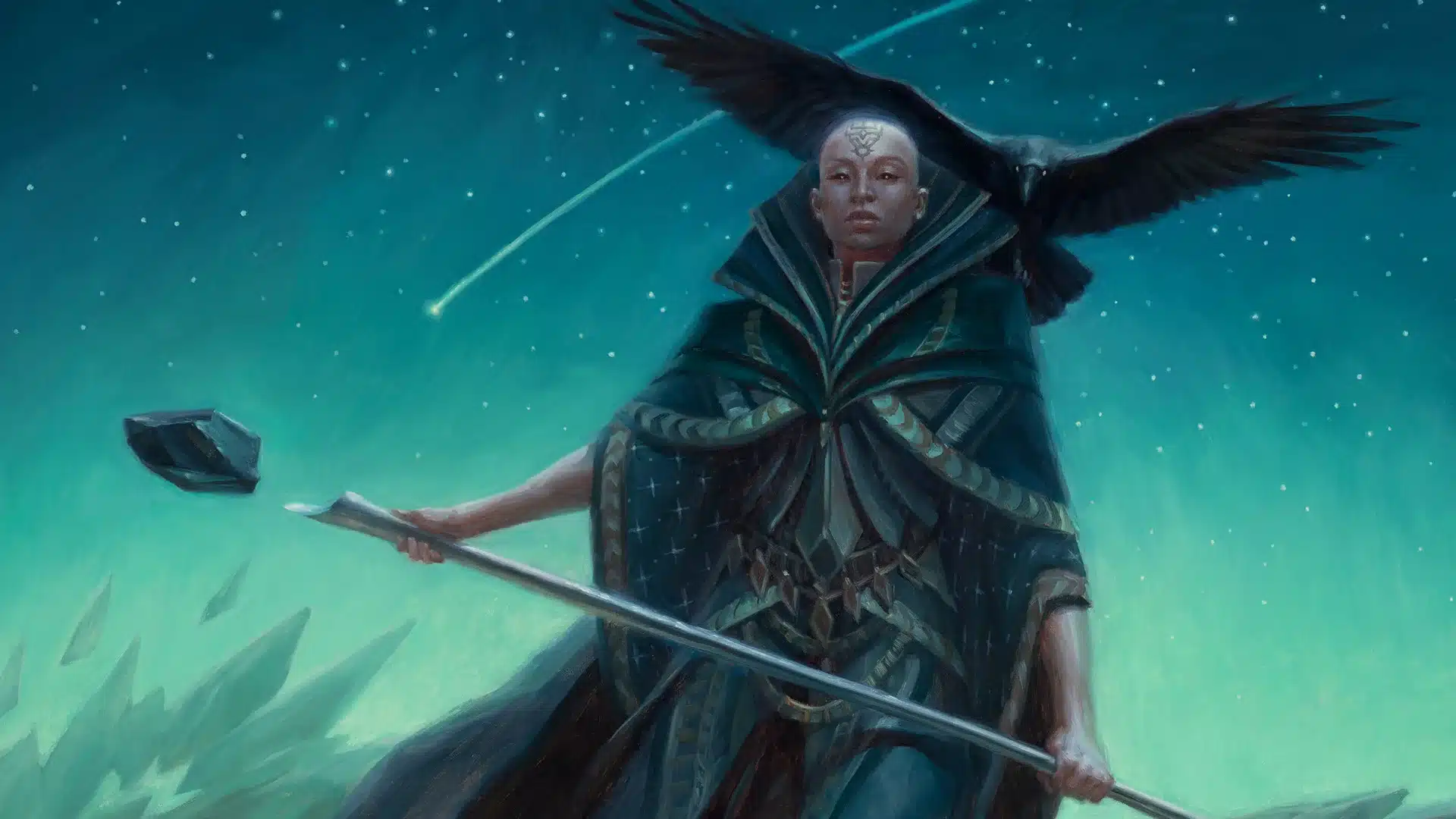It’s no secret that Magic: The Gathering is well and truly in its Universes Beyond era. Looking at the 2026 MTG release calendar makes that clear enough. Next year, we’re getting more Universes Beyond sets than those within the Magic Multiverse. Unsurprisingly, a lot of MTG players aren’t happy about this, especially since it feels like a one-way street.
Recently, MTG players have cottoned onto the fact that Magic: The Gathering has surprisingly few crossovers itself. While Magic has thrown the doors wide open, very few companies seem willing to let MTG in. This, in turn, seemingly exposes part of the problem that is causing so many MTG players to be upset right now.
The Crossover Conundrum
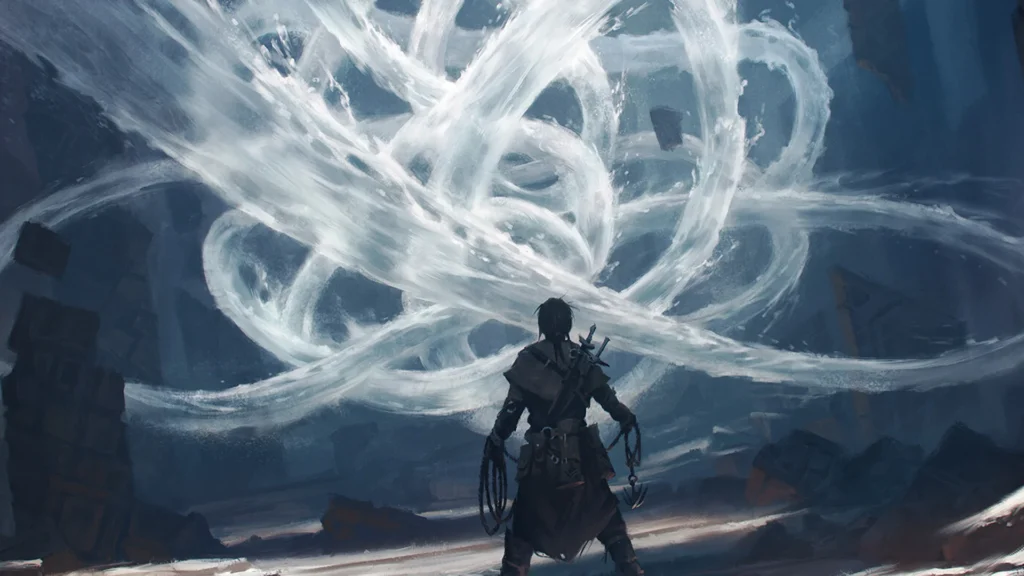
At MagicCon: Atlanta, Wizards of the Coast announced, or teased, six different Universes Beyond crossovers. Four of these were sets, as mentioned; two were Secret Lairs, and one was a holiday release. While this is pretty par for the course given how 2025 has gone so far, it does feel like something is missing.
During the event, Magic: The Gathering players didn’t get an immense amount of original content to celebrate. Sure, we are getting three Magic Multiverse sets, which each look fantastic, and a book, but that’s it. There wasn’t any word about the long-teased Netflix show or the movie that’s supposedly happening at some point.
Sadly, with the 50:50 set split expected to continue, it’s unlikely we’ll get much more than this in the future. That said, as the Netflix show somewhat showcases, MTG sets aren’t the only way to get MTG content. In theory, Magic: The Gathering could get its very own crossovers, too, reaching out into other properties.
Theoretically, this seems like the perfect solution to the current Universes Beyond problem. Instead of having crossovers come to MTG, Magic can come to them. Even with a couple of Universes Beyond sets left on the calendar, this would leave more room for Magic Multiverse content.
Sadly, the reality of the situation is quite far removed from that perfect hypothetical. MTG having its own crossovers sounds well and good on the surface, but Magic doesn’t actually have much to crossover with. Despite 32 years of sets and stories, there are very few iconic elements worth promoting.
Vibes Not Icons
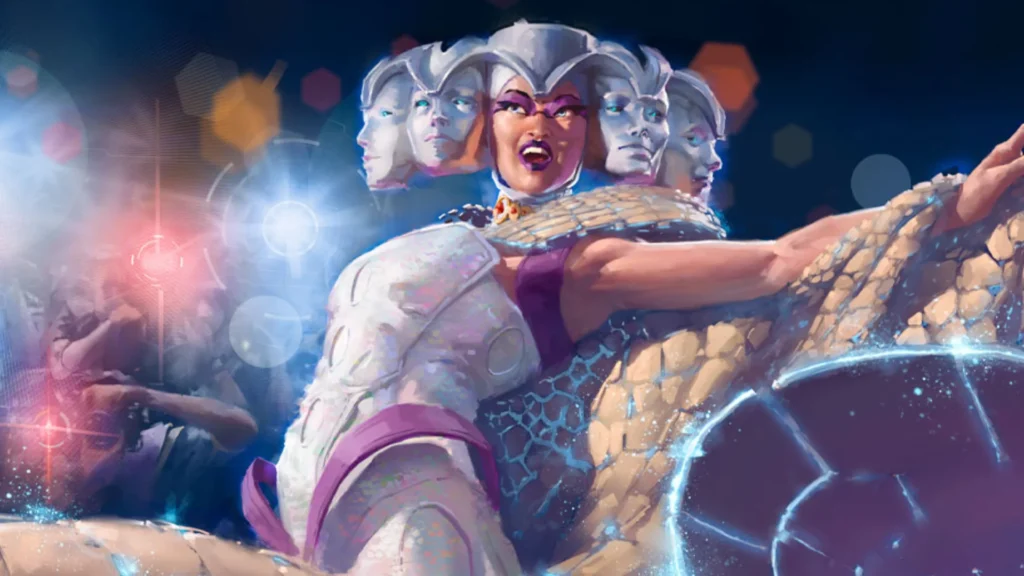
At best, it feels like Magic: The Gathering barely even has a handful of truly iconic elements. To MTG players, there are tons of iconic characters, cards, and story moments from the game’s 31-year lifespan. To the general public, however, I think the buck starts and stops at Black Lotus.
In terms of characters, Ajani Pridemane or Chandra Nalaar are probably your best bets, but MTG does characters weirdly. Thanks to the current set design philosophy, which jumps around so much, main characters can go missing for months if not years. The last time we saw a new premier set Ajani card, for instance, was 2022’s Dominaria United.
Thanks to the sporadic appearances of Planeswalkers, it’s hard to say MTG has a main character. Despite Wizards’ best attempts to make Loot a thing, the game doesn’t really have a mascot either. This naturally makes external crossovers a tough sell, even when they are possible. Personally, this feels like the real reason that Universes Beyond has been so hard to stomach recently.
It’s not just that a lot of Universes Beyond products are being made nowadays. It’s more the fact that Magic’s own lore isn’t strong enough to stand up against crossovers. At the moment, there’s just not enough that players can point at and define as Magic. Unhelpfully, this key element is often vibes-based, as Edge of Eternities feels right, but MTG Spider Man doesn’t.
With no core characters or motifs to anchor the brand, Magic has very little to do crossovers with. What the game does have, however, is mechanics, which makes it a compelling vehicle for Universes Beyond crossovers. Ultimately, Magic: The Gathering is inescapably a card game, but that hasn’t stopped Wizards from attempting crossovers in the past.
A Sordid History
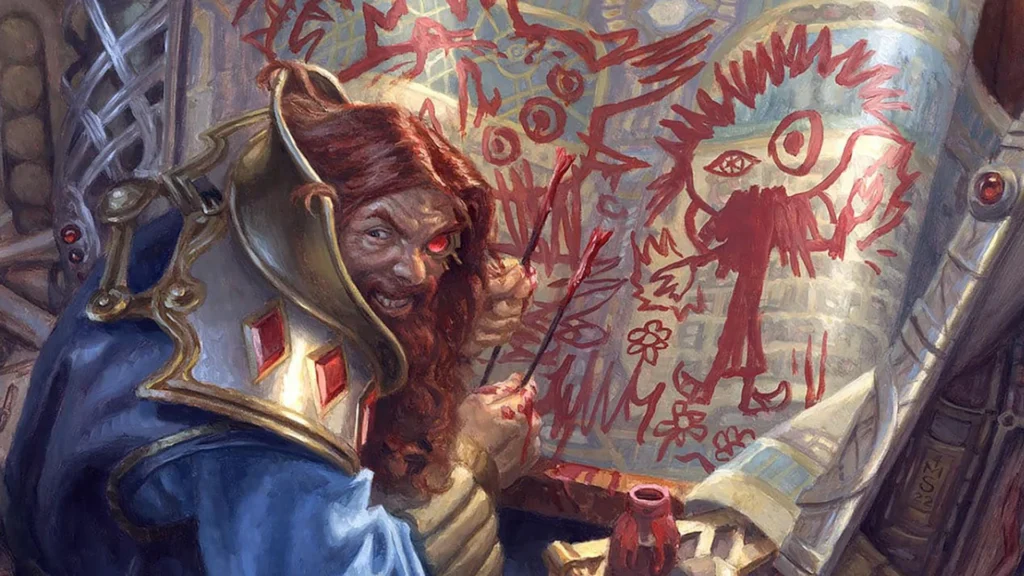
To date, Magic: The Gathering has surprisingly had a fair few crossovers with other properties and companies. Some of these have been absolutely wild, such as the bizarre crossover with IHOP. Remarkably, this wasn’t even the only food-themed MTG crossover, as Hot Pockets got one too!
Comical as these may be, neither of these crossovers felt like hyper-focused marketing efforts that would realistically attract players. You’d expect it would be more sensible to go after the gaming market, but Wizards has tried and failed there, too. Team Fortress 2 had MTG crossovers in the Planeswalker Helm and Goggles. Smite, meanwhile, had multiple MTG-themed crossover skins.
While these crossovers have all come and gone without much fanfare, there is one that endures. Dungeons & Dragons has a long history of using MTG planes to create supplement products. While these products often look great, like Lorwyn: First Light does, admittedly, inter-Hasbro crossovers aren’t the most effective.
Looking back, when Wizards was giving MTG its own crossovers, Planeswalkers were unsurprisingly the focal point. While this makes sense, each crossover used different characters, as there’s not a single icon to rally behind. This is partly due to the game’s sporadic storytelling, but also to the game’s missing mainstream appeal.
For 30 years, Magic: The Gathering existed inside its own niche. It was a juggernaut in the TCG space, but it very rarely stepped outside of this bubble. This all changed the The Lord of the Rings: Tales of Middle-earth launched, as suddenly MTG was making headlines.
Obviously, Universes Beyond has been incredibly successful in promoting MTG, but it does overshadow the game’s original core. Sadly, it’s unclear if Wizards of the Coast can come back from this, but they are trying, at the very least.
Give and Take
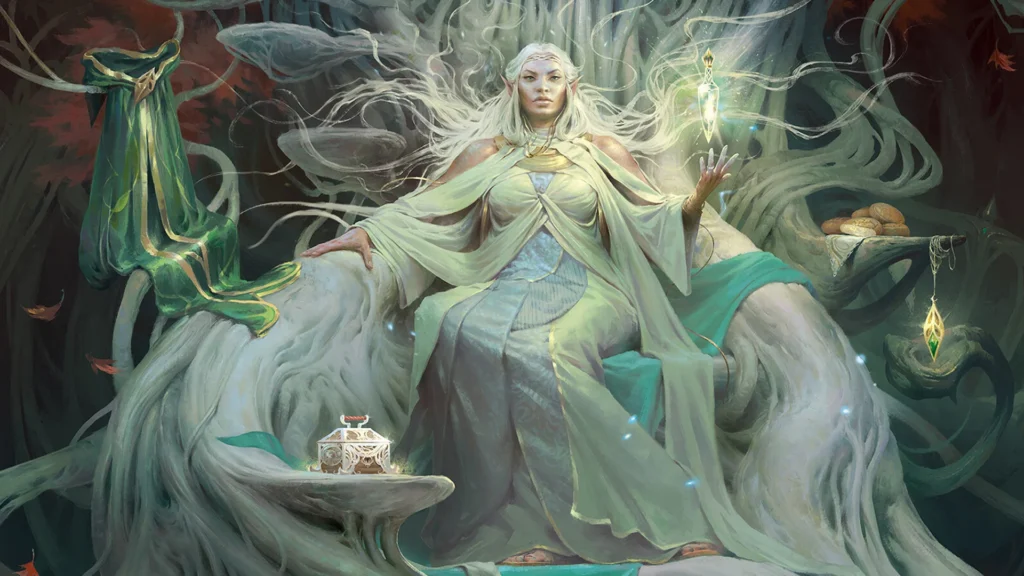
While Wizards is keeping developments close to their chests, we are getting the Netflix show and an MTG movie. For some, these will be too little too late, but there’s undeniably potential there. League of Legends now has truly iconic characters thanks to Arcane, and MTG’s show could do the same. This, in turn, could lead to a brighter future where Magic’s core doesn’t feel so suffocated.
Personally, this does feel a bit like wishful thinking, simply due to the set release structure. Telling a compelling narrative over a year that’s intercut with Universes Beyond certainly doesn’t make things easy. That said, it’s definitely possible to have more in-universe storytelling. In 2026, for instance, we’re getting the Strixhaven: Omens of Chaos book, which could start a new trend.
Should Universes Beyond continue to deliver record profits, Wizards should have more resources to dedicate to these projects. This is likely the reason that the Netflix show exists at all; in fact, as before Universes Beyond’s rise, it was effectively cancelled. Hopefully, this should mean that the future is bright, even if Universes Beyond dominates the MTG release calendar. Whether or not that will actually happen, however, remains to be seen.
Stick with us here at mtgrocks.com: the best site for Magic: The Gathering coverage!
